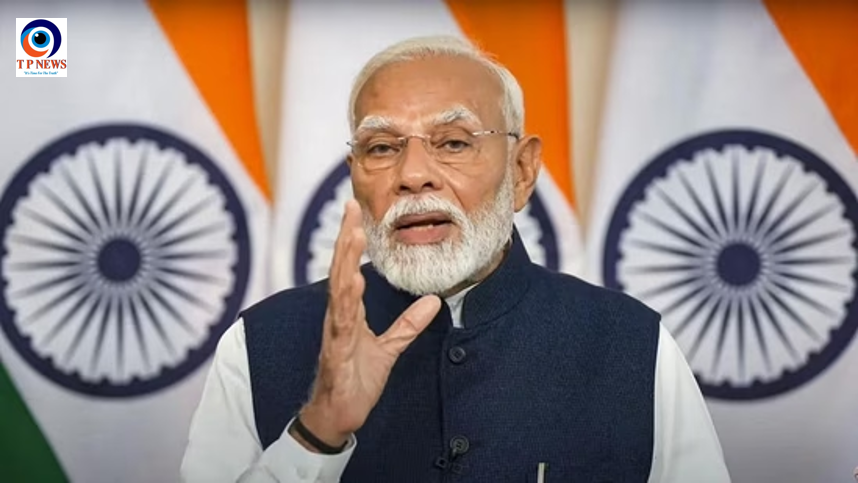The Great Exodus: Skilled Techies Shun Big-Tech Giants
Despite the allure of big-ticket jobs at major tech companies like Google, Microsoft, Amazon, and Meta, a surprising trend is emerging: top-tier talent from Ivy League schools, award-winning researchers, and prolific authors are increasingly opting for smaller or mid-sized firms. This shift highlights a growing desire to escape the corporate politics and bureaucratic hurdles often inherent in large organizations.
The Drawbacks of Big Tech
A recent Reddit discussion revealed that many skilled professionals are choosing smaller companies to avoid the politics of big corporations. As one machine learning (ML) engineer succinctly put it, “Why deal with the politics of a big company when you can get funding for your projects?” The freedom and autonomy that smaller companies offer are often more appealing than the bureaucratic obstacles of big tech.
Burnout is another critical factor driving this exodus. Many professionals now prioritize work-life balance over the prestige associated with working for a tech giant. This reflects a broader cultural shift where mental health and personal well-being are becoming increasingly important.
Financial Motivations vs. Inspirational Work
While higher salaries at big-tech firms are undoubtedly attractive, they are not always the primary driving force. The nature of the work itself also plays a significant role. Some ML experts find projects at big-tech companies uninspiring. “Most of the projects at MAANG [Meta, Amazon, Apple, Netflix, and Google] companies are boring,” one contributor noted. Many professionals prefer roles where they can have a more significant impact on the AI roadmap, which smaller firms often provide.
The Hiring Process and Corporate Culture
The elaborate hiring processes at big-tech companies can also be off-putting. One ML engineer pointed out, “Getting into MAANG is an entirely separate field that requires you to study and practise an entire hobby/career path unrelated to your ML expertise.” Busy ML leaders might not have the time or inclination to master these intricate and often lengthy recruitment processes.
Additionally, the work environment and corporate culture at these tech giants can be stifling. One ex-employee described their experience: “Google was a fun, exciting, and innovative place to work in 2004. Twenty years later, it’s decayed into the same bland, vapid, beige-coloured evil as Microsoft.” The transformation of these workplaces over time often leads to disillusionment among those who seek dynamic and innovative environments.
The Appeal of Smaller Firms
In smaller companies, top talents often have more freedom to pursue their research interests without the constraints of a rigid corporate structure. “I prefer smaller! Much cosier, less politics, and most importantly: waaaaay more research agency,” said an ML professional. The opportunity for greater research agency and visibility is a compelling reason why many skilled professionals are choosing smaller firms.
While it is undeniable that big tech produces some of the top research, those who cite autonomy as the reason for leaving miss out on the state-of-the-art research conducted at these giants. However, for many, the trade-offs in terms of autonomy, work-life balance, and ethical considerations make smaller firms more attractive.
The Situation in Indian IT
The situation in Indian IT is slightly different but equally complex. Despite the growing need for good talent in research and development, many Indian researchers do not want to join large IT firms. Predictions indicate that the number of computer science graduates by 2025 will be three or four times higher than in 2020, but the same amount of jobs are not available in the Indian sector.
Entry-level salaries in Indian IT have remained stagnant at INR 3.5-4 LPA for over a decade, making high-paying product companies with compensation packages ranging from INR 10-20 LPA more attractive. This stagnation has led to a reluctance among recent graduates to pursue careers in Indian IT, with many opting to work for startups at higher packages or move abroad for better opportunities.
Conclusion
The shift away from big-tech companies to smaller firms highlights a significant change in the priorities of skilled tech professionals. While big tech can offer substantial salaries and prestigious roles, many find that the trade-offs in terms of autonomy, work-life balance, and the nature of the work make smaller firms more appealing. This trend reflects a broader cultural shift towards valuing personal well-being and meaningful work over financial gain and corporate prestige.












